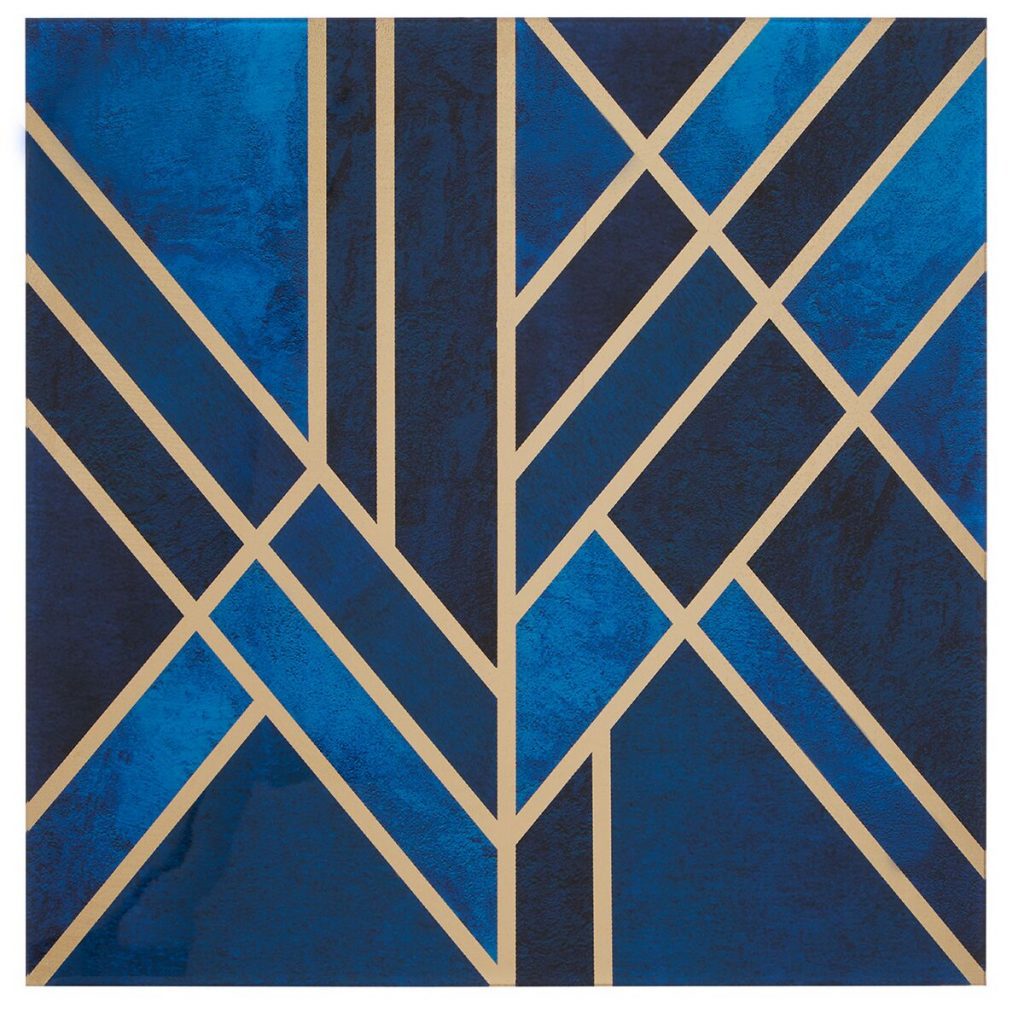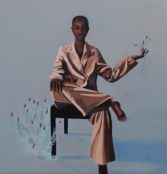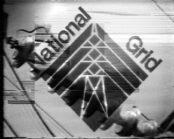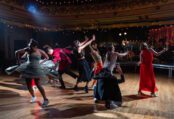What is atmosphere? Is it external or internal? Is it experienced subjectively or ubiquitously? Individually or collectively? Wind, Bells, Falls (2022) by Robbie Lee and Lea Bertucci flows through a genre laden obstacle course, taking influences from Experimental, Free Improv, Avant-folk, Musique Concrete, Post-Rock, Prog and Jazz. Lee and Bertucci conjure a disorganised freefall through the music of the spheres by reinterpreting the weird with a vibrational, ethereal aura.
Lee and Bertucci are musical polymaths, Bertucci focusing on tapes and electronics while Lee dances between the celeste, baroque flute, gemshorn, contrabass recorder and orchestra chimes. While Bertucci’s works focus on connections between acoustic events and biological response, she also enjoys finding alternative ways to use audio equipment, binding Lee’s skills in musical collaboration with her own. On the advisory board of the Institute for Music and Brain Science based at the University of California, Lee is the perfect choice for making experimental music.

Lee, a composer and improviser, and Bertucci, a performer, artist and composer, have individual reputations as being unconventional. Both have collaborated with many musicians separately, an example of Bertucci’s collaborations being Phase Eclipse (2019) with Amirtha Kidambi, or for Lee, Loss And Gain (2021) with Brian Chase. Though both performers have their own discographies, the production of Wind, Bells Falls and its release on CD/LP this February is a decisive move into a wordless philosophy, a surreal discourse on the weird.
Merriam-Webster offers two definitions of ‘weird’, the first being ‘unusual or strange’. Whilst weird art or weird music as terms aren’t uniformly defined, Lee and Bertucci clearly deviate from mainstream compositions by refusing to adhere to a fixed structure, relying on improvisation and niche instruments. The second definition Merriam-Webster proposes is ‘relating to or caused by witchcraft, or the supernatural’. Lee and Bertucci’s music elicit visualisations of alien environments, disconcertingly enchanting like Homer’s sirens.
Orphic mystery cults of Ancient Greece claimed existence was created through music, the Pythagoreans, that there is a link between optics and audio. Hymns connect the faithful to the divine, speeches a population to oversimplified concepts. Whether it be Sun Ra exploring Saturn or the Freudian bin bag Marilyn Manson, sounds spur imaginations, oscillates moods, and coagulates ideas. Their literal visionary power is experienced by ascetic monk and dogmatic atheist alike. This is the atmosphere formed by Lee and Bertucci.
These traits hold true through the elaborate variations the composers shift between, each song acting as its own land, with its own metaphysical constants brewing under stormy chords and unpredictable pitch. Transported into otherworldly universes by a chaotic piper and the demonic beeping of an interdimensional monolith, Wind, Bells, Falls is a daring exploration of the bizarre through atmospheric tones. The improvised style is reminiscent of Bebop, though the instruments are reminiscent of Star Trek.

The opening track ‘Glitter and Gleam‘ sounds like an ambience track for 2001: A Space Odyssey (1968), its initial metallic ringing quickly deviating to an irregular timing, before several scaling electronic tones swing behind a ghostly melody refusing consistency. Lee and Bertucci abandon traditional concepts of harmony and linier formats of song progression to lead the listener to a peaceful yet robotic view of the absurd, the weird and the strange.
Division Music, track five, shifts the listener into the unfamiliar with the whoopings of unknown birds. Confusing as it is humorous, panpipes quickly enter the fray into a frantic tribe like dance. The track’s deviation creates an unknowingness, it impossible to tell which sound will come next, and for how long Lee and Bertucci will sustain a note for. Division Music summons a jungle planet through cosmic rhythms and time warping bells, its oddness forcing its audience to pay attention, and to dream of a Jungian cosmos.
Somebody Dream, the ninth and final track, returns to some of the comforting sounds of Glitter and Gleam, though improvising from a decidedly different root. A strained electronic whirring sound drags downwards, whilst a distorted xylophone like echo alerts the listener to a non-existent problem. The churning sea of both calm and unease settles into Glitter and Gleam seamlessly. The album thus loops in intuitive disorder infinitely, not unlike our solar system, and perhaps time itself.
Wind, Bells, Falls does not only act as an album, but as a metaphysical assertion. Its refusal to conform, to reward the listener with hook, chorus or sustained melody, questions not only what makes music good, but whether rationality is preferable to instinctual intuition, to the weird. This manner of composition forces the audience to engage with the tracks as they try to anticipate the next tone. The album exalts the weird and venerates disobedience by being pleasant to listen to, despite not conforming to the ‘beauty norms’ of 21st century music. It is this strange, unfathomable beauty that can create an atmospheric, intergalactic vision for the proudly illogical.
Featured Image: Robbie Lee & Lea Bertucci composite photo credit Daniel Melfi and Anna Webber (2022)
Wind, Bells, Falls by Robbie Lee and Lea Bertucci is released February 18th 2022 on Telegraph Harp.
For further info visit the Telegraph Harp website.





















